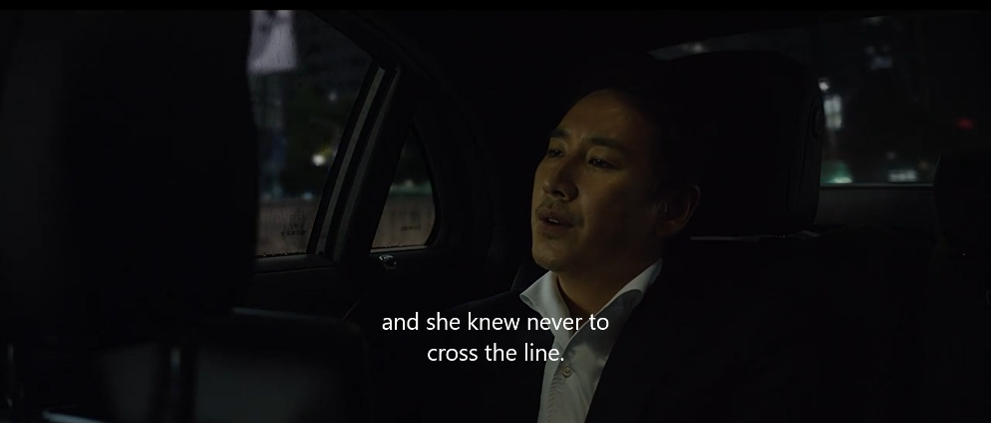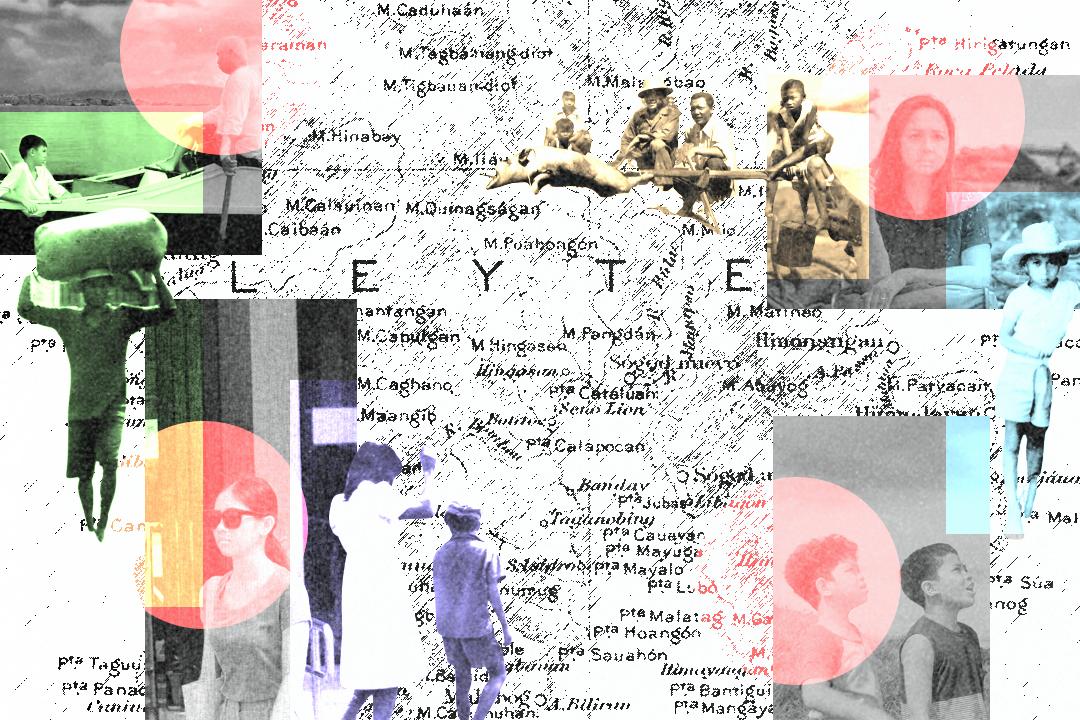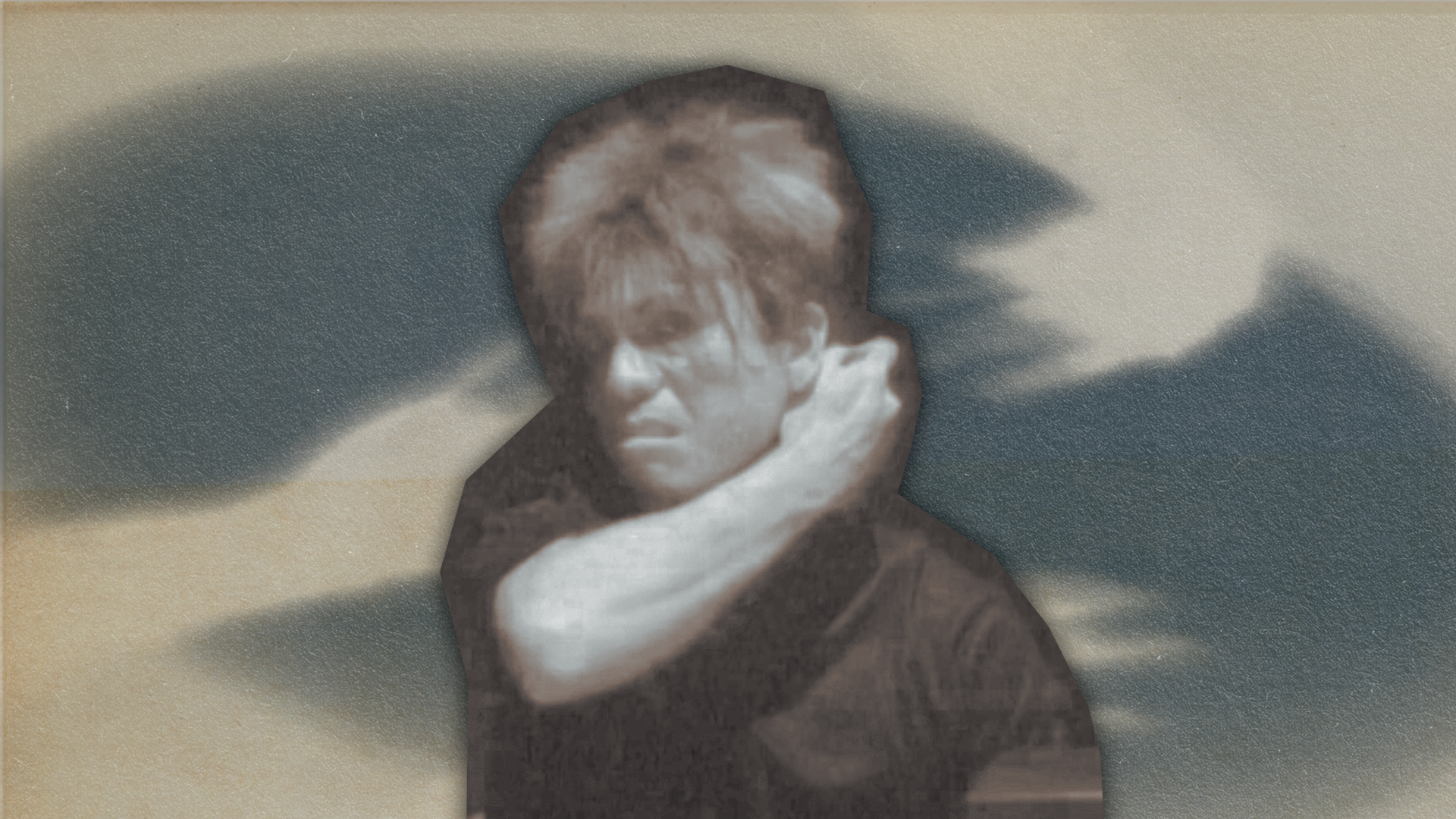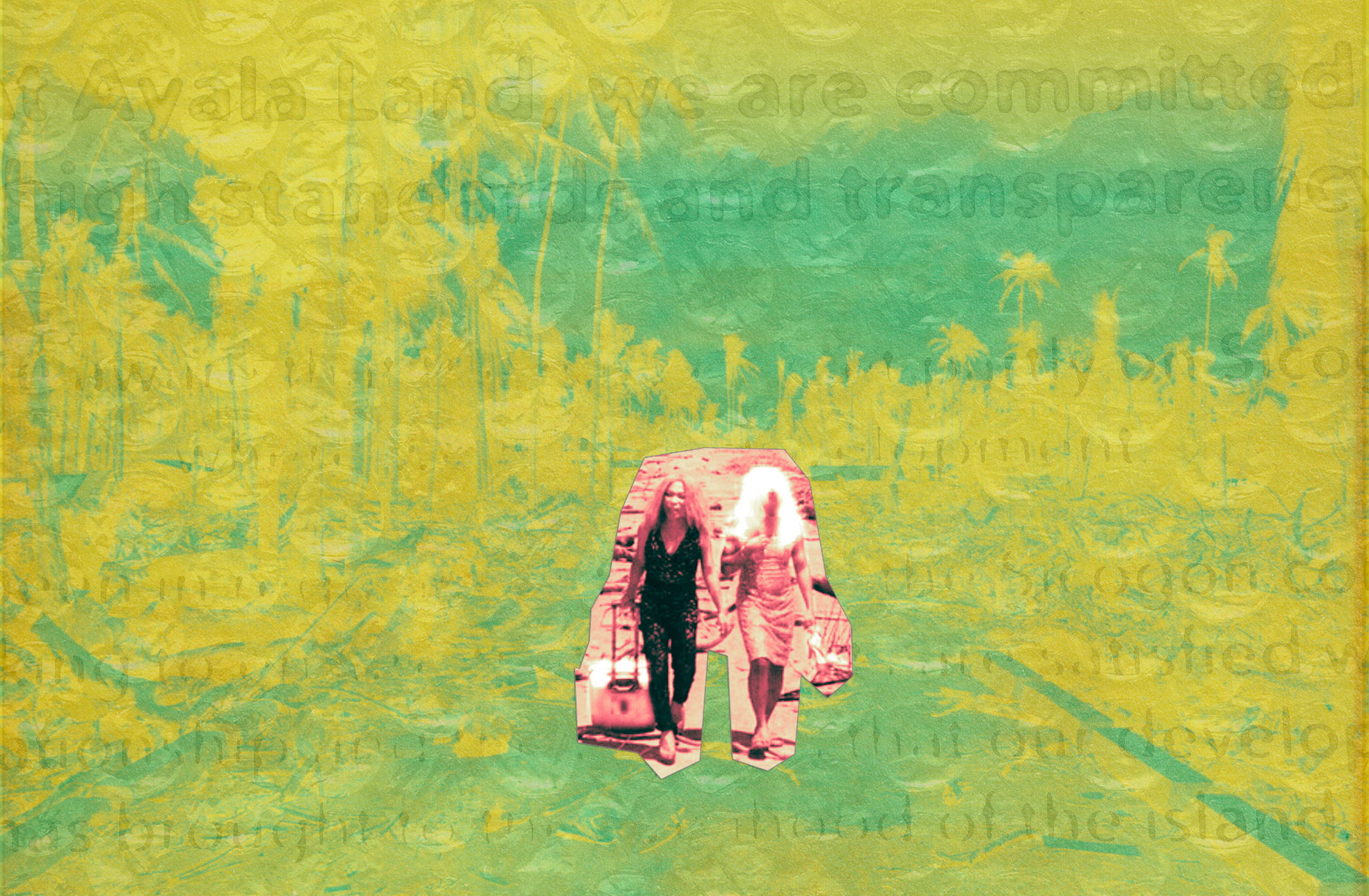Dissecting and Identifying the Real ‘Parasite’
Dissecting and Identifying the Real ‘Parasite’
Song Kang-ho in Parasite (2019).
NOTE: This was written on December 6, 2019. The writer was able to formulate that the film must clearly determine who the parasites are. Clearly, the parasites are the Parks. Being extremely wealthy while other people suffer is definitely something that is questionable. Failing to recognize that capitalism is perpetuated by the likes of Parks is a step from failing to eradicate the system that is causing a lot of people to suffer from poverty.
Last May 2019, Korean film titled Parasite had its world premiere in the 2019 Cannes Film Festival where it won the Palme d’Or award, the highest award given in the said festival. It was the first Korean film to receive unanimous votes to win the award which last happened in 2013 for Blue is the Warmest Color. Recently, it was selected as the South Korean entry for Best Foreign Film at the 92nd Academy Awards. The film also set a record as the highest box office record of the year–the largest for an international film in the United States where it grossed an estimated $376,264 from just three theaters during its October 11 opening weekend in New York and Los Angeles. Critics have dubbed Parasite a “flat out masterpiece,” “the most important film of the year,” and “a must-see thriller.”
Parasite revolves around the story of a poor family who lives in a semi-basement apartment and works with low-paying jobs. However, Kim’s son Ki-woo has a friend named Min-hyuk who gave a scholar’s rock to their family. This rock is believed to bring fortune to anyone who has it. Min-hyuk then offers Ki-woo to replace him at his job as an English tutor for the daughter of the rich Park family. However, Ki-woo was not able to finish a degree which caused him to ask for his sister Ki-jeong’s help to forge the documents that he would need for his application. Little by little, each of the family members was hired by the Parks while they fake their identities.
The anxieties of proximity explored in Parasite are rooted in South Korea’s past. The first half of the 20th century in the country was marked by brutal Japanese occupation and the devastation of the Korean War. But since the 1960s, the gross national income per capita in South Korea has risen from $120 to $30,600. This rapid economic growth, which was driven by a handful of family-owned companies known as chaebol, relied on extensive government support for enterprises deemed most likely to succeed. The development strategy of rewarding the moneymakers has neither the scholarly propriety of supposed meritocracies based on exams nor the implied inescapability of heredity and, after nearly 60 years, this approach remains embedded in the country’s economic policy (Seo).
This narrative of the film Parasite was rooted in existing social anxieties in South Korea’s history. It is derived from the economic events that brought South Korea’s current economic policy, the chaebol or family-owned companies that caused South Korea’s economic rapid growth in the 1960s–therefore, Parasite viewed things in the political and economic perspective. According to de Lauretis, “cinema has been studied as an apparatus of representation, an image machine developed to construct images of visions of social reality and the spectators’ place in it” (Ramkissoon 28). Therefore, films and social realities cannot be separated from each other, as films are byproducts of sociological conditions emerging in a community.
The film was able to explore the social inequalities in reality through creating a conflict between the two families: the wealthy Parks and the poor Kims. Metaphors can be derived from film titles, as titles are essential as they serve as an overview and something that catches attention (Bavdekar 53). Defining the title Parasite, according to Leuckart, parasites are organisms that find their habitat and nourishment in other organisms. While Brumpt defined parasites as all living beings that live depend upon another organism. Both definitions associate the word parasite as something that depends on another in order for it to live, something that cannot stand on its own and is believed to be a burden.
Parasite and the metaphors of infiltration
In science, parasitism is defined as a relationship in which one of the participants (the parasite), either harms its host or in some sense lives at the expense of the host (Roberts). In the film, rich people perceive their house helpers as people who are disassociated with them. Someone who is lower than they are, which frames themselves as narcissists as they put themselves on a pedestal.
Figure 1. The conversation between Dong-ik and Ki-taek, Kim's patriarch.
In the frame (see Figure 1), Dong-ik, the patriarch of the wealthy family, is having a conversation with Ki-taek, their family driver and the father of the Kims. They are talking about the old maid who was fired from her job for ‘having tuberculosis’. Wherein, the audiences know that the maid does not have tuberculosis, it was just a set-up done by the Kim family for Chung-sook, the matriarch, to replace Moon-gwang, the old maid who has been serving in the house for years. Below is the English translation of Dong-ik’s line as he speaks to Ki-taek.
She was a great housekeeper. She kept the house in shape and she knew to never cross the line. I can't stand people who cross the line. Perhaps just one weak point is she eats too much. She always eats enough for two.
Dong-ik’s belief that there should be a line between him and his house helper shows the very existence of creating hierarchies and putting himself on a high chair which creates a narrative of inequality in the film context. Here, Dong-ik sees his former helper as a parasite, a foreign being that is not naturally with them. He sees Moon-gwang as someone who is separated from them, someone who was just there to serve them despite being with them for years.
However, this situation could also be seen in a way wherein the Parks are the parasites as they cannot live orderly without someone to help them because they are dependent on Moon-gwang. After that dialogue above, Dong-ik also talked about how their house would resemble a garbage can in a week without a house helper. It is because her wife does not know how to do household chores properly so no one would be there to help them in house tasks.
This can be seen as how rich people continue to exploit the poor for their own benefit. The Parks continue to draw a line between them and the helpers without realizing that their lives would be in chaos if there is nobody from the ‘other line’ who would help them. This aspect of the film was explored in the latter part of the film during the birthday celebration of Da-song, the little boy of the Park family. The night before his birthday, the rain poured so hard causing the low-lying areas to be submerged underwater. In these low-lying areas, unprivileged people are found, they include the Kim family. While the Kims are inside the evacuation center, they were invited to Da-song’s surprise party. Ki-taek was asked to drive for the family despite the situation he is in. This shows the rich’s selfishness and lack of empathy for the poor’s situation.
Figure 2. Yeon-gyo, the matriarch of the Parks, is talking to someone while Ki-taek packs the groceries for Da-song’s party.
This situation would also let the viewers see the difference in the situation of the poor and the rich. How the same amount and strength of rain brought devastating effects to the lives of the poor, while creating an illusion of romance, lust, and intimacy for the Park couple.
Rain and its romantic-devastating effect
The strong rainfall brought by the storm was utilized in the film to portray the difference between the lives of the rich and the poor. As the rain was perceived differently from the perspective of the Parks and from the perspective of the Kims or the poor. Park couples viewed the rain as something romantic, a moment of intimacy, while for the unprivileged, it was a moment of suffering, a phenomenon that can lose their lives and homes.
In Berger’s book Ways of Seeing, “the way we see things is affected by what we know or what we believe.” This means that things could appear differently depending on the situation a person is experiencing. For instance, someone could really see something as lovable, and for the other one it is despicable.
Making the rain look different for each part was done through framing the rain two ways: romantic for the Parks, troubling for the Kims. This was done through the difference in cinematography or the way it captured rain in two different situations (Barsam and Monahan 212).
In the frame below (see Figure 3), Park couple were having dry sex while it rains. They were having a fun time with each other. This shows that the couple feels the rain as a perfect time to do intimate things, they see it as an opportunity to enjoy and make love with each other. As they are not bothered, the thunderstorms were a reason for them to hug each other for them to feel that they are with someone despite the unpleasant weather.
Figure 3. Mr. and Mrs. Park were having dry sex while it rains.
Figure 4. The Kim family runs down through stairs as they go back to their home.
Which is totally different from the experience of the poor people. The frame that includes a staircase (see Figure 4) shows the Kim family running from the place of the Parks back to their dilapidated apartment. This scene explicitly showed how much stairs they had to go down just to go back to their place. The number and the height of the stairs they have gone through is a strong symbolism of how much of a gap between the poor and rich there exists. Also, slowly, through the film color, the rain looks as something dark, haunting, and depressing. This was an effective transition to see how the rain slowly looks different sequence by sequence until the Kims have reached their place. Afterwards, the film shows sequences of people swimming in the flood. The storm for these people is something that would place their lives in danger. These scenes established how rain for them is a dreadful natural phenomenon as most of their houses are located in the basements.
Moreover, a striking parallelism in the shots was done in order to deliver the message of inequality and class conflict in the film. In figure 5, numerous people are inside the evacuation center to spend their night after their houses were flooded because of the storm. Thousands of people are directly affected because of the same rain that triggered Park couples to have sex. In the same image, the frame is in a long shot for it to show that there are a lot of people who are suffering because of inequality. This frame effectively situated the audience regarding the current status of injustice and unfairness existing in society. This means that the problem is something that affects a lot of people which calls for urgency.
Through this long shot, poor people were perceived like an object–reduced into objects. As this is still a conflict of class intersecting with the concept of space. People in the evacuation center were fitting themselves in a small space and this is something that deteriorates their very own value as a human. These people also deserve the same kind of living the Parks are having, however, due to the rich tendency to monopolize resources, the spaces these poor people deserve are being taken away from them.
Figure 5. The poor in the evacuation center
Figure 6. Yeon-gyo as she chooses what to wear for Da-song’s party.
Figure 7. People in the evacuation center fight over the clothes donation given.
The differences in the situation of the rich and poor were more realized the morning after the rain poured. In the frames above (see Figures 6 and 7), Yeon-gyo is browsing inside her wardrobe full of clothes while the people in the evacuation center were fighting over the clothes that were being distributed. At this part of the film, Parasite seems to deviate from its funny promising opening and started to make sense as a satire on class conflicts.
Yeon-gyo clearly has a choice to make what dress she would wear for her son’s birthday party, while the people in the evacuation center were left with no choice and fighting over limited stocks. The very fact that a birthday party will still push through despite the typhoon is a strong micro narrative of the film to show that they will celebrate while a lot of people are in deep grief because of the devastation caused by the rain. This scene strengthens Parasite’s stand against inequality–its depiction of injustice is not explicitly said, yet, subtle in the most effective way.
Figure 8. Parks’ house after the rain.
The following scene (see Figure 8) shows the house of the Parks to appear as something unbothered by the devastating effects brought by the rain. The sun still shines on it and a celebration is still going to happen inside. The Parks were not affected because their house was built on a higher place that indicates security one can have because of having money.
These devastations towards the unprivileged happened just because these people live in a low-lying area and a semi-basement apartment. The film’s other way to show the contrast between the rich and the poor was through the spaces the people occupy. According to Barsam and Monahan, “design should help express a movie’s vision; create a convincing sense of times, spaces, and moods; suggest a character’s state of mind; and relate to developing themes.” The architecture of the film was able to build the characters’ social positions through the spaces.
According to Jones, “architecture is also fundamentally conditioned by the broader political-economic context in which it is commissioned, designed and understood.” This means that the designs of the houses in the film were still deeply rooted based on the director’s understanding of class inequality in urban spaces. The film Parasite put much details in the film’s production design that would help the visual language of the film to illustrate the class struggle of the characters.
Home structure and social classes
In the film, conflicts in class were effectively shown through the language of architecture. Parasite utilized windows, staircases, and lights to show how people are connected to the spaces they are occupying. The idea of poor people living in semi-basement apartments and the rich people living in places situated stairs above the poor spaces tackled the politics in structuring one’s home.
The amount of light entering the houses of both families varies. Large light passes through vast windows found in the house of the Parks. While the Kims have to use artificial lights for them to have sufficient light source. It is because there is a single window in a semi-basement apartment and light would barely enter as it is located on the same level as the road. This illustrates how the Kims’ hard work was not enough for them to live a pleasing life. Even extra efforts were not sufficient to supply their basic needs as a person.
Throughout the film’s visual language and utilization of windows in architecture, Parasite was able to show the vast difference in how the rich and the poor see things differently. Through the frames (see Figures 9 and 10), these were effective to show the contrast between the things the privileged and the unprivileged see. The people in the semi-basement cannot choose what they see for they have no control over it. The image can be a drunk man vomiting or a flood coming inside their house. However, for the rich people, it is just a blank landscape of a pleasing scenery where they can choose what they want to see through building structure and looking at it as a painting.
Figure 9. Seeing through the window of the semi-basement apartment where the Kim family lives.
Figure 10. Seeing through the window of the Park’s mansion.
Parasite aims to raise the question to the viewers and challenges them to identify who the real parasite is, which is confusing to identify. It is because the antagonist and the protagonist of the film are neither the Parks and the Kims. It blames the bigger system that perpetuates and tolerates this kind of inequality that prevails in society.
As the movie ends, nobody knows where Ki-taek is after he killed Dong-ki. It was revealed the Ki-taek hid in the basement of the mansion. In the following sequences, it did cut to Ki-woo as he plans to earn money then buy a house to be with his father again. However, it ends with Ki-woo in their house, feeling imprisoned. In the duration of the film, all unprivileged people live under the houses of the rich, however, the film’s fantasy ending seems to aim to break that notion of revolution–a way out of poverty.
It was also a fantasy in order for the audiences to understand that Ki-woo’s dream to live in the house with his father is not easy to achieve–and it just does not take hard work to push through the problem of poor people like them experience. It is evident in the film that even how much effort they put into their works, they fail to earn enough money. This shows that they were not lazy, instead, they were being taken advantage of.
Together with the film’s objective to identify the real parasite is its call to debunk and revolt against the ruling system that allows all these injustices to exist. It is the unfairness that this film pertains to as a parasite because it is something that infiltrates each mind and destroys the body of the unprivileged.
Works Cited
Barsam, Richard and Dave Monahan. Looking at Movies: An Introduction to Film. New York: W. W. Norton & Company, Inc, 2016.
Bavdekar, Sandeep B. "Art of Writing: Formulating the Right Title for a Research." Journal of The Association of Physicians of India (vol. 64) (2016): 53-56.
Berger, John. Ways of Seeing. London: British Broadcasting Corporation and Penguin Books, 1972.
Brumpt, Émile. Précis de Parasitologie. Paris: Paris, Masson et cie, 1913.
Jones, Paul. "Putting Architecture in its Social Place: A Cultural Political Economy of." Urban Studies (2009): 2519-2536.
Leuckart, Rudolf. Die Parasiten des Menschen und die. Leipzig, 1879-1901.
Parasite. Dir. Joon-ho Bong. Perf. Kang-ho Song , et al. 2019.
Ramkissoon, Nikita. Representations of Women in Bollywood Cinema: Characterisation, Songs, Dance and Dress in Yash Raj Films from 1997 to 2007. Durban: University of KwaZulu-Natal , 2009.
Roberts, Larry S. Foundations of Parasitology (6th Edition). New York: McGraw-Hill, 2000.
Seo, Bo. "Parasite and the Curse of Closeness." The Atlantic 22 October 2019. Online Article.




























